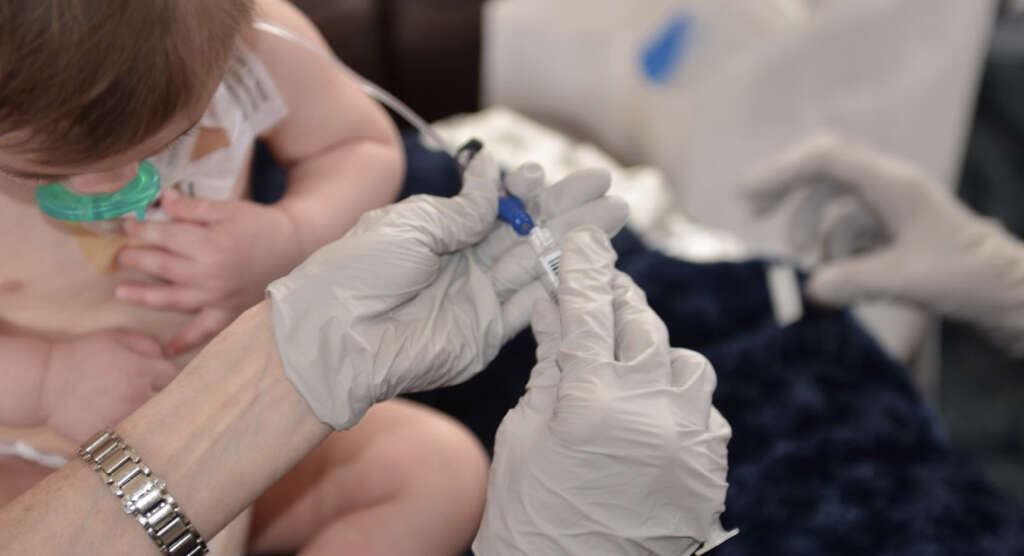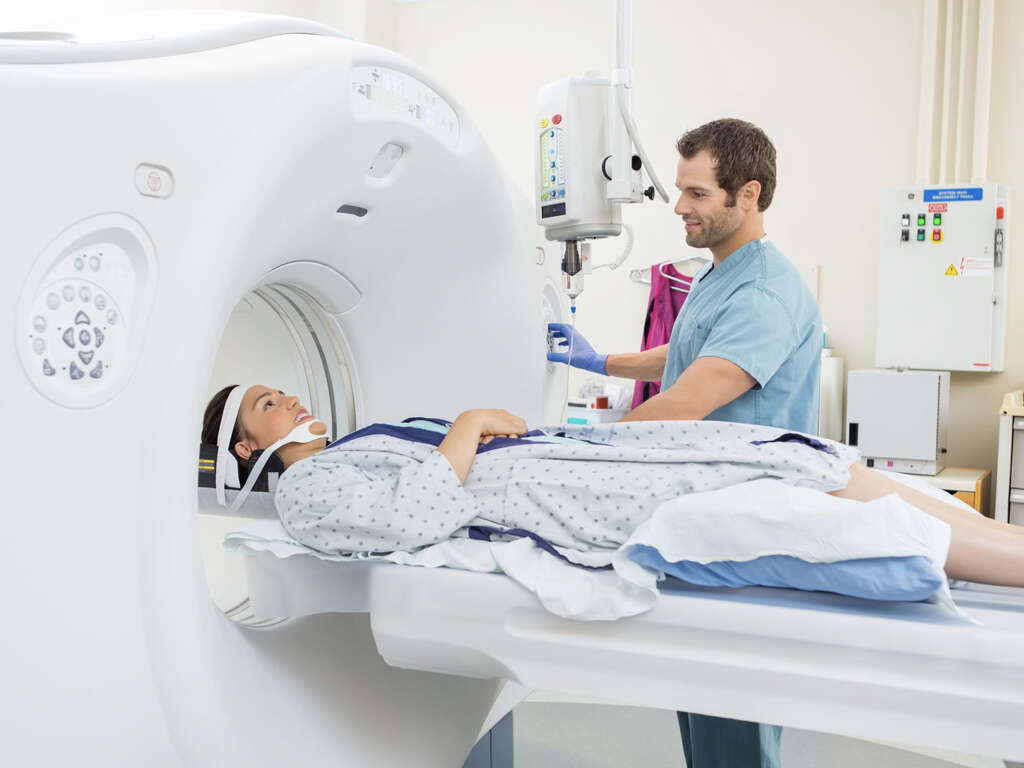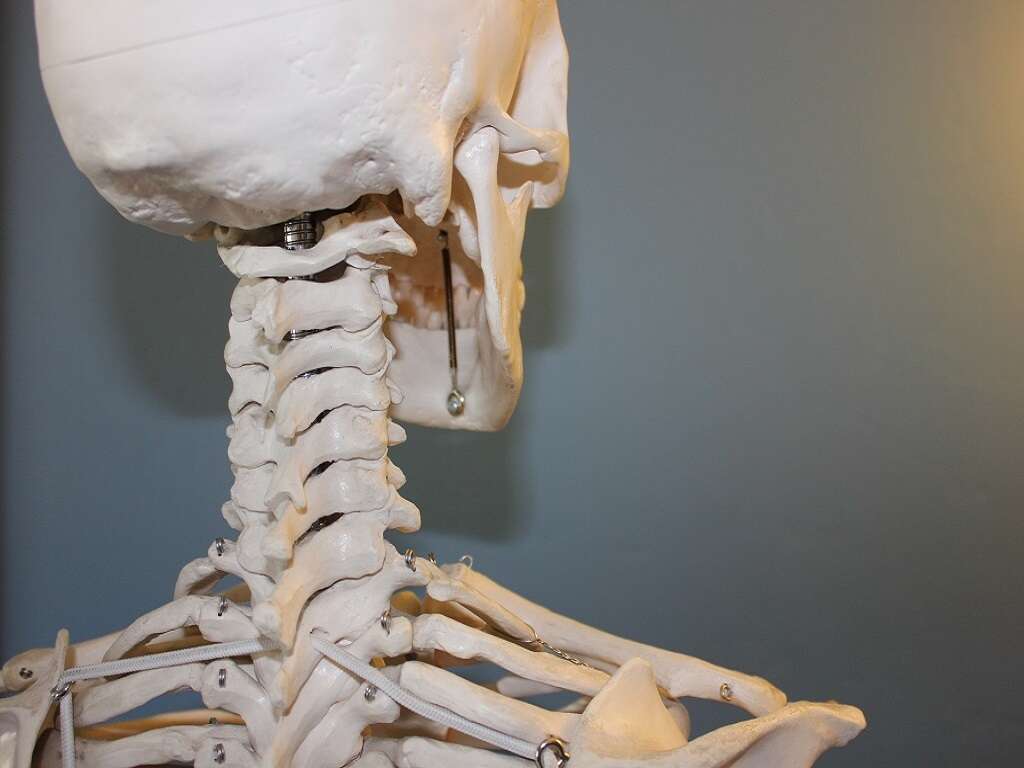What Is Tay-Sachs Disease?
7. Treatment & Management
There is not a cure for Tay-Sachs disease, and there is currently no known treatment that slows or halts its progression. However, there are emerging new approaches to therapy for the condition that are designed to prevent neuroinflammation and neurodegeneration. These include enzyme replacement therapy, substrate reduction therapy, gene therapy, and bone marrow transplantation. These treatment methods are still being studied and developed and require further investigation.1Valeriya V. Solovyeva, Alisa A. Shaimardanova, Daria S. Chulpanova, Kristina V. Kitaeva, Lisa Chakrabarti, and Albert A. Rizvanov. New Approaches to Tay-Sachs Disease Therapy. Frontiers in Physiology 2018; 9: 1663.
Treatment for symptoms may include antipsychotic medications and anticonvulsants for seizure control in children. Your child’s doctor may also recommend stool softeners or laxatives to prevent severe constipation. Proper hydration and nutrition techniques may also be recommended to help keep the airway open.
Advertisement












